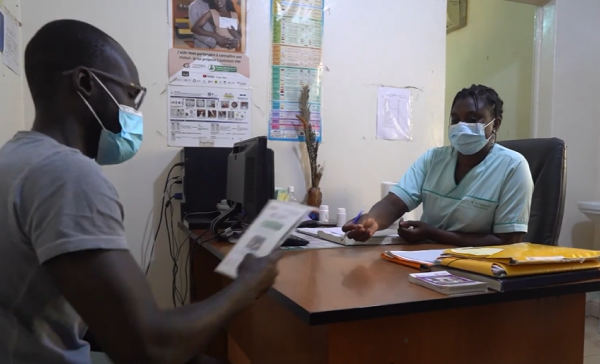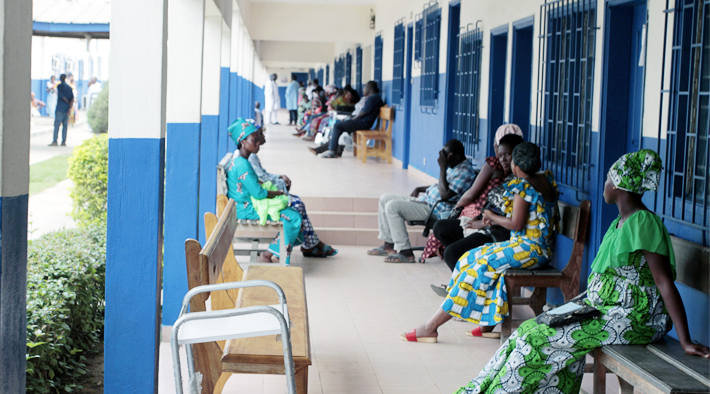Incredible progress has been made in the fight against HIV and AIDS since the peak of the epidemic in 2004. But we need to keep up the momentum to tackle new challenges like drug resistance and reach key and vulnerable groups like children that are being left behind.














